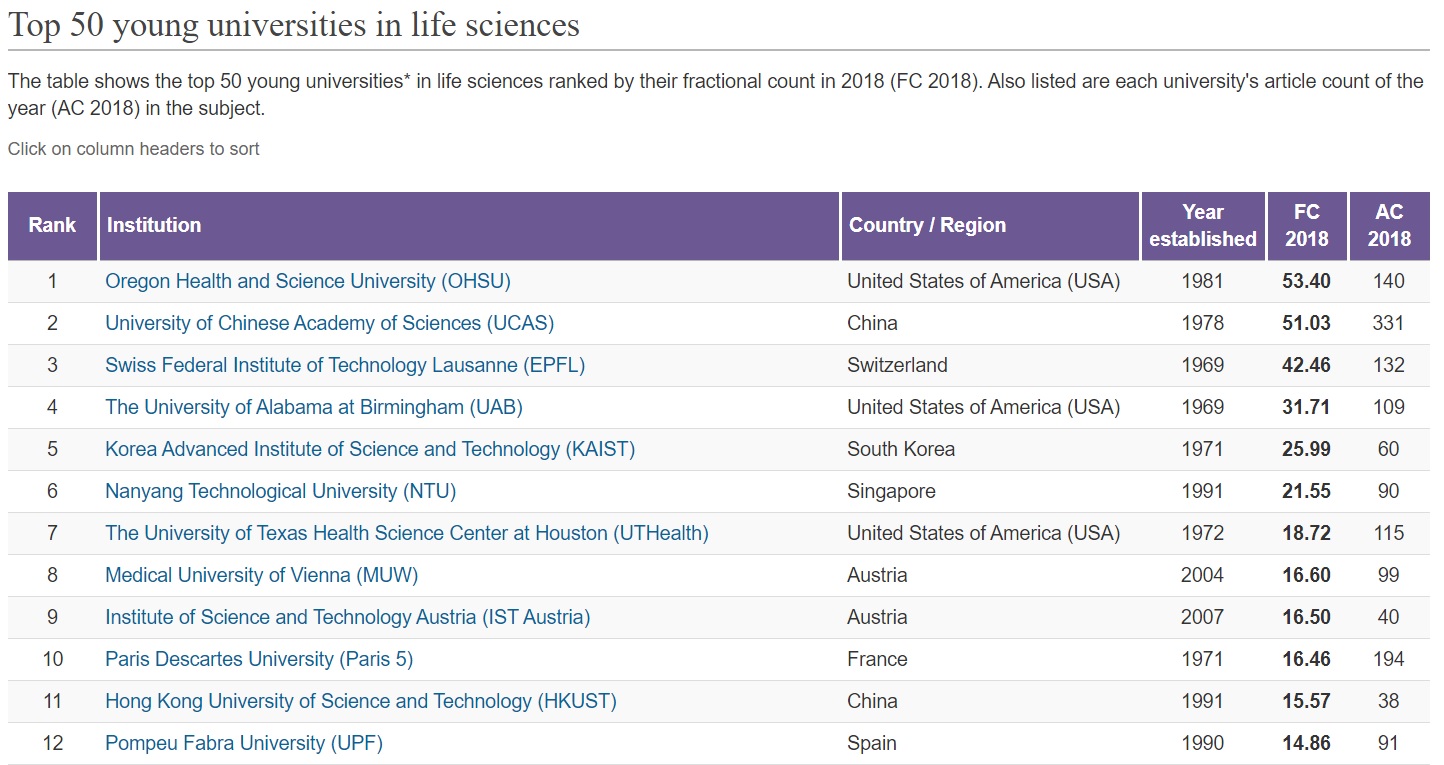UPF, 12th young university in the world in life sciences according to Nature
UPF, 12th young university in the world in life sciences according to Nature
The University comes in 62nd place in the Young Universities Nature Index 2019, a supplement of the journal Nature that assesses the results of research in natural sciences by universities under 50 years old. Specifically in life sciences, UPF has risen to twelfth in the world.

UPF is the 62nd best young university in the world for natural sciences, according to Young Universities Nature Index 2019, a supplement of the journal Nature that assesses the results of research in natural sciences by universities under 50 years old. The ranking also presents the results by fields (chemistry, earth and environment sciences, life sciences and physical sciences), and specifically in life sciences, UPF has risen to twelfth in the world, fifth in Europe and first in Spain.
Nature Index, first published in 2013, is a database containing information about authors’ affiliation taken from the collection of research articles published in a selection of 82 high quality scientific journals belonging to the fields in question. This edition is the first to focus on young universities.
This index, which provides information on the results of quality research at institutional level, counts articles in two ways. First, by means of the Articles Count (AC), the articles listed in Nature Index are counted which comprises, at least, one researcher of the institution. So, one same article can contribute to the AC of different institutions.
The editors aim for it to become one of the metrics to evaluate research excellence and institutional performance in this field.
To get an idea of an institution’s contribution to an article, and to ensure that they are not counted more than once, Fractional Counting (FC) is used, which takes into account the proportion of authorship for each item. The total FC available per article is 1, which is shared among all authors. For example, in an article with 10 authors, each one receives an FC of 0.1. For authors affiliated to more than one institution, the FC of the individual author is divided equally among these institutions.
The search engine enables selecting the count method of the articles, obtaining different classifications (the UPF results are with FC). The editors aim for it to become one of the metrics to evaluate research excellence and institutional performance in this field.
At the top of the rankings are the University of Chinese Academy of Sciences (China), Nanyang Technological University (Singapore) and the Swiss Federal Institute of Technology Lausanne (Swiss).
More information:
